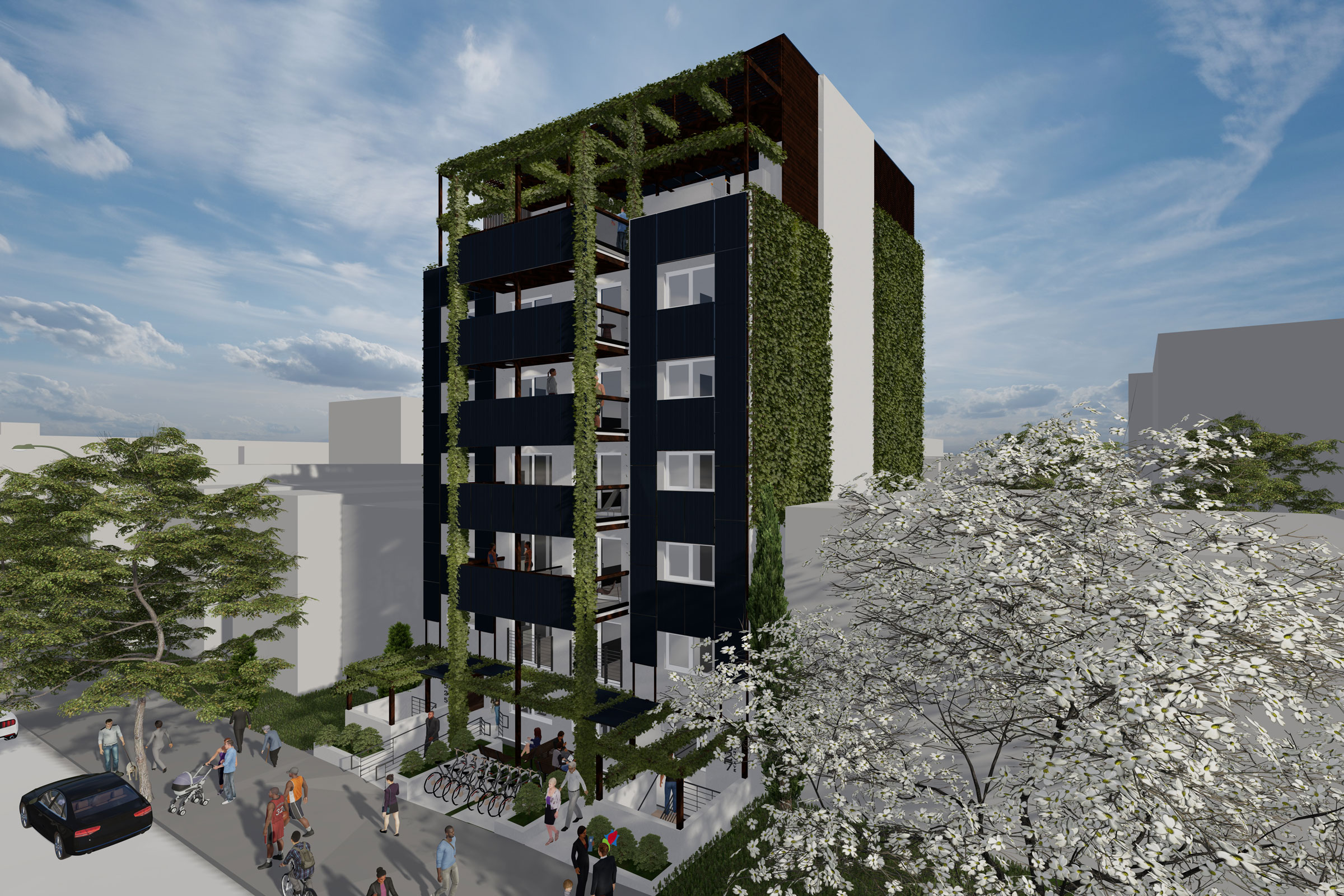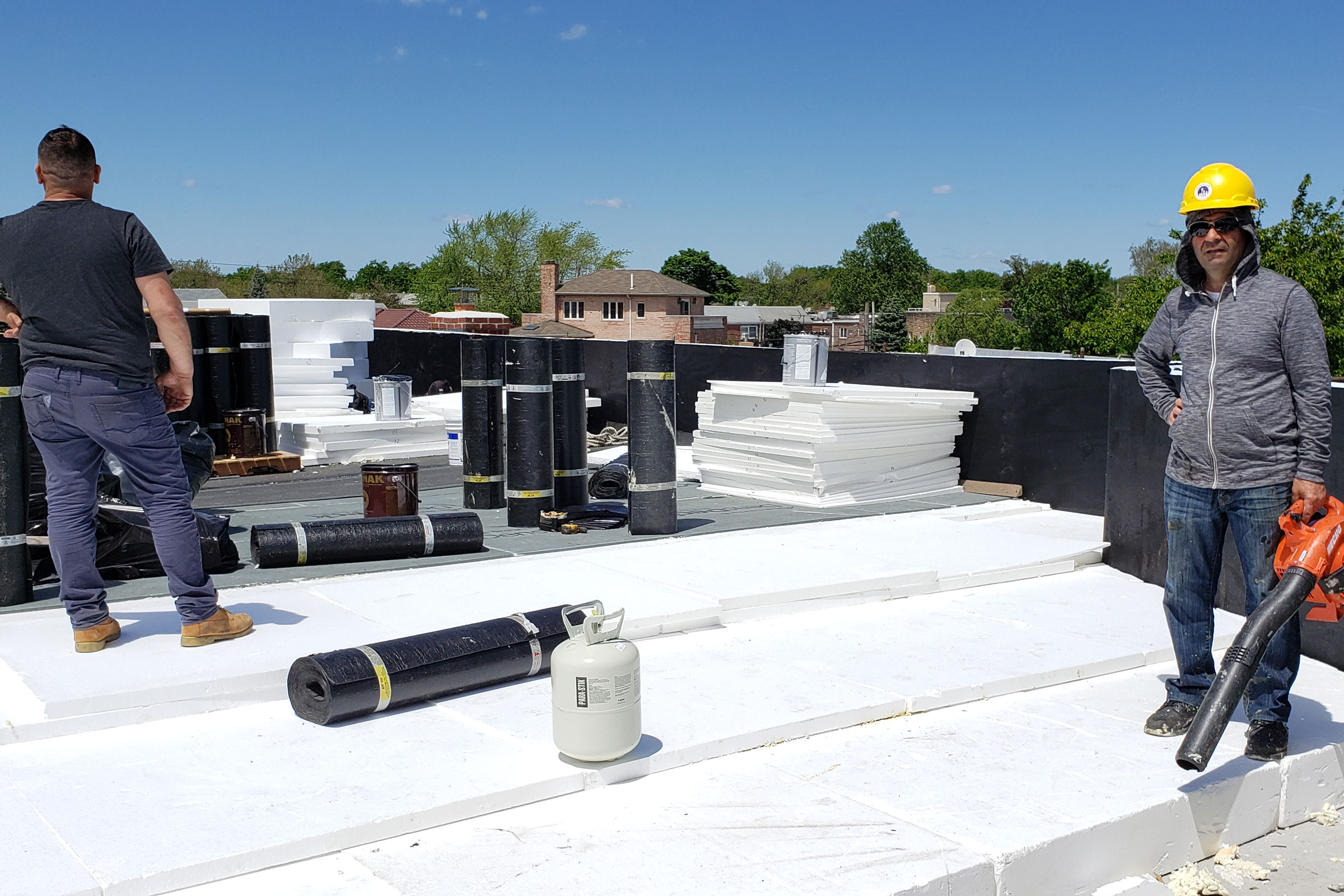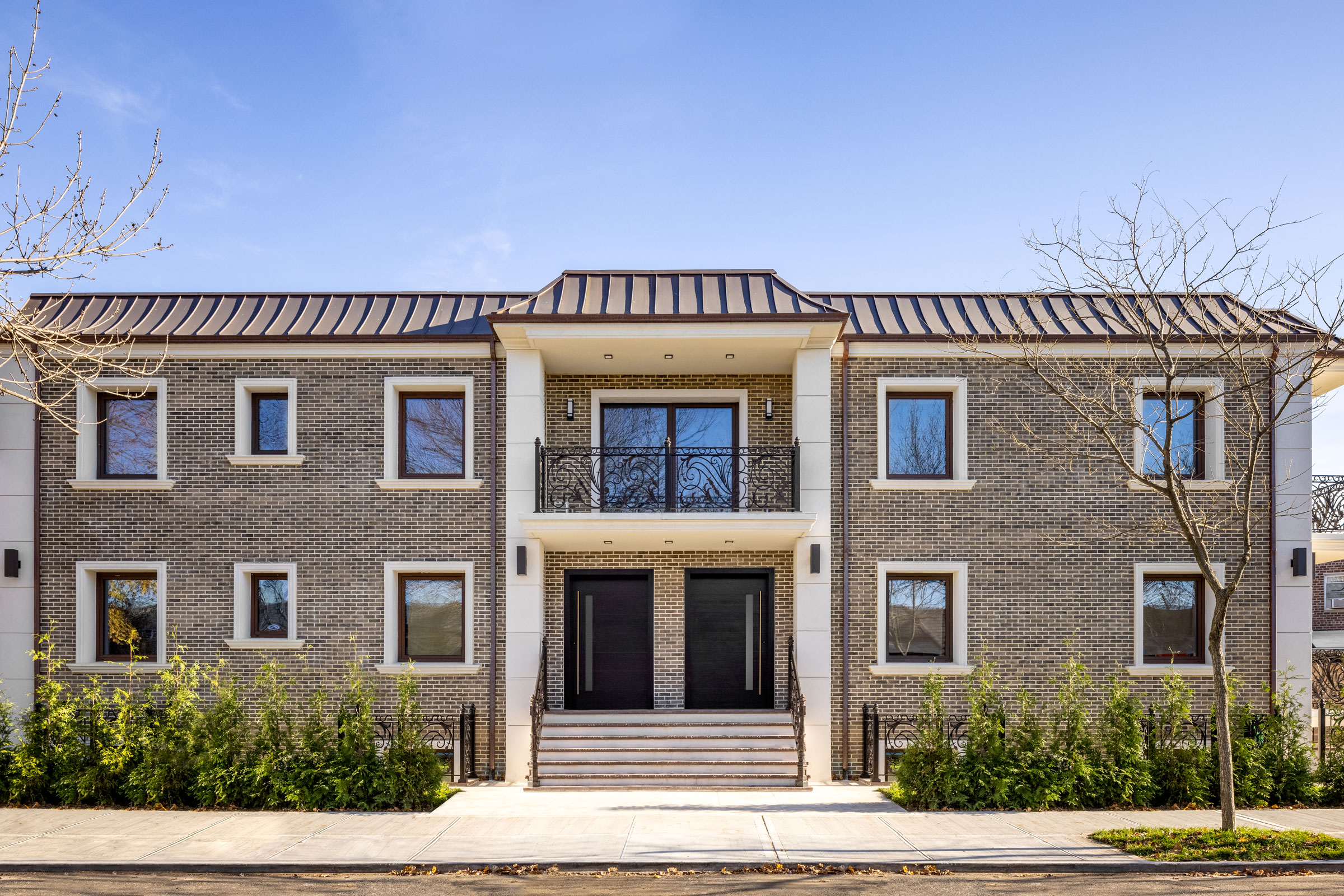Story at a glance:
- Passive house design principals originated in the US in the 1970s.
- Truly passive houses consume approximately 87% less energy than a conventional structure.
- NODE Architecture, Engineering, and Consulting incorporates Passive House design principles into all of the firm’s projects.
Superinsulation, airtight envelopes, energy recovery ventilation, high-performance windows and glazing, and managed solar gain—all are fundamental in achieving Passive House certification.
But in an environment like New York City where land is at a premium, material prices are high, and the demand for fast-track construction is ever-present, passive house principles move from nice to have to a must. These standards are essential for the future success and optimization of physical and environmental ecosystems.
How did Passive House Start?
Although passive house design principals originated in the US in the 1970s, the Europeans embraced and led the effort to refine and develop the concept and produced the Passivhaus performance metric. Wolfgang Feist, a German physicist, founded the Passivhaus Institute in 1996 and, according to the Passive House International website, the first experimental Passive House homes were built in 1991 in Germany. These certified structures consume approximately 87% less energy than a conventional structure, as cited by recent and old studies—including results from the original Passive House property designed by Feist.
One architectural firm in NYC is determined to increase the number of Passive House–certified homes in the US, embracing passive house design as fundamental to every project it undertakes. The firm, NODE Architecture, Engineering, and Consulting (Node AEC) designed the first Passive House¬–certified residence in Queens—Middle Village. The team also designed one of the first pre-certified Passive House multifamily projects in the Bronx, Charlotte Gardens, recently featured in Our Corner of the Planet, a documentary about sustainaility released through Amazon Prime in September 2020.
Marrying Luxury and Energy Efficiency at Middle Village

The deep window insets seen here reveal the thickness of the insulated concrete forms helping create an airtight environment. Photo by Brian Berkowitz
Middle Village in Queens is a 6,300-square foot luxury home completed in November 2020. It features four bedrooms and bathrooms, a multi-functional cellar, home office, laundry room, gym, and a meditation/yoga room. The home also offers two entrances for extended family living and to enhance the multi-functionality of the space.
From the outset the developer desired an energy-efficient design with maximized square footage. However, this site presented many challenges due to its triangular shape and orientation. A hallmark to Passive House design is building with solar orientation, seasonal insulation levels, and sun path in mind. It’s most favorable to have the southernmost facing part of the building include large windows to allow the low winter sun in the house to provide heat. However, the Middle Village site’s narrowest point is at the southernmost point of the property, which greatly reduced sunlight exposure at that end.
To address this, NODE placed large opening lift and slide glass patio doors with krypton-filled, triple-insulated glazing at the southern facade. These airtight, high-performance windows and doors are positioned strategically to use the sun’s southern exposure while the balconies provide proper shade from the roof overhang. Furthermore, NODE used appropriately angled rooftop solar panels to capture the sun’s rays (per the southern exposure) to allow for maximum winter sun.
The largest solar panels sit atop the structure above an airtight, super insulated roof. Traditionally the amount of insulation found in a roof is 2 to 6 inches (the 2020 NYC Energy code only requires 6 inches), but this project specified 14 inches, or 150% more than required to improve additional thermal properties within the home. This significantly increases the building’s solar heat gain capacity, meaning enhanced energy efficiency.
NODE constructed the home’s foundation using insulated concrete forms (ICF). The project’s exterior frame features ICF with 6-inch energy insets providing an overall thickness of 8.5 inches of continuous insulation. From an initial cost perspective, ICF is more expensive than wood (more commonly found in conventional framing), but this permanent interior and exterior substrate is much more durable. For example, the expectation for this building’s lifespan (thanks to the methods used) is at minimum 100+ years.
From a heating and cooling perspective, this project incorporated a Zhender energy recovery ventilation (ERV) system because it provides a balanced ventilation system that supplies and exhausts equal quantities of air. The two airstreams never mix, preventing cross-contamination and ensuring optimal indoor air quality. This balanced ventilation solution removes excess moisture, odors, and contaminants while conserving energy and enhancing comfort. According to Zhender, up to 90% of the heat in the extract air is recovered by the heat exchanger in the unit and is then used to heat the incoming fresh air. In fact, projects built to this standard are 80% more efficient to heat and cool than those buildings using a typical HVAC system.
Now more than ever indoor air quality is critical. This type of system helps eliminate or prevent mold growth as it is an airtight system that greatly reduces the chance for the introduction of outside viruses.
Multiplied Comfort and Air Quality at Charlotte Gardens

Charlotte Gardens will use a biodigester system, which produces methane to provide heat and electricity for the entire building. Rendering courtesy of NODE Architecture, Engineering and Consulting
Passive House projects can feature ultra-energy-efficient envelopes with continuous insulation, meticulous air sealing, ERV systems, and solar panels. But one exciting new multifamily project in the Bronx will use a biodigester, or a tank that digests organic material biologically, to further achieve a net zero energy status.
Charlotte Gardens includes two seven-story buildings with a total of approximately 24,000 square feet. The project is pre-certified Passive House and is garnering nationwide attention. This 24-unit multi-family development will be almost a net zero carbon energy building once complete.
Each rental unit will have approximately 519 square feet and select units will feature private plant-lined balconies. Amenities will include laundry facilities, outdoor recreational area, additional outdoor space at the rear of the building, and a roof-level terrace with grills and seating area.
As a Passive House development, the seven-story structure has a high-performance envelope, a continuous solar panel above the roof level, and several smaller solar panels along the exterior. The window system is airtight to help reduce heat gain and loss (depending on weather and sun placement), and the upper levels boast a covered terrace with photovoltaic paneling. Airtight Passive House–certified windows and doors are used throughout the building, providing thermal comfort through the year, and the ERV system will create superior air quality throughout the indoor spaces—a bonus in a world still battling the spread of COVID-19.
Inside NODE specified a biodigester system that processes food leftovers and other organic waste onsite to produce methane that will, in turn, power a generator for use in providing heat and electricity throughout the property. This piece of the design was challenging as it required a system that would return the excess energy created by the buildings back to NYC’s main utility provider. Once constructed this project will be almost completely off-grid—quite a feat for new construction in the Big Apple.
The Case for Expanding Passive House Design

The roof at Middle Village was super insulated to include 150% more than NYC codes required. Photo courtesy of NODE Architecture, Engineering and Consulting
Unfortunately less than a quarter of energy used in New York comes from renewable sources. Adhering to Passive House principles is one way to improve the eco-friendliness of the built environment and is easily applied to both new construction, renovation, and retrofit projects.
Especially in the heart of NYC, where land is at a premium and costs are high, implementing Passive House design is not only appropriate but should be a consideration in every new and retrofit design project—residential or not. The commitment to creating affordable, energy-efficient structures should be top of mind across industries, sectors, and geographies. If we can approach design holistically and educate our clients on why this is important, we will begin to see real changes in our communities and protect our resources for future generations.


